top of page
Introducing OLO, the revolutionary handheld medical skin scanner and cancer detection system designed for at-home use. Developed based on the research by Dr. Yu Yao from Arizona State University, OLO utilizes Infrared Polarization Spectroscopy (IRPS) to detect any abnormal microtexture changes on the surface of the skin. OLO allows individuals to monitor their health at home, contributing to good health and well-being by enabling early treatment and improving health outcomes of skin related ailments. The device’s accessibility and user-friendly design make it an excellent tool for reducing health disparities and promoting health equity, especially to those in remote areas.
background


x
The premise of this project was to find research from another school at ASU to assist in creating a home-goods product for 10 years in the future. Additionally, we were tasked with incorporating UNESCO goals to achieve with our products. The research provided by the Fulton School of Engineering inspired a home medical product that presented at the 2023 Salone Satellite in Milan, IT, known as olo.
The research was conducted by Dr. Yu Yao, an Electrical Engineering professor and researcher for ASU. She has been researching since 2021 on creating a compact IRPS imaging system. Her research has received a $500,000 grant from the National Science Foundation, and is still in the midst of her research on this topic.
what is IRPS?
IRPS provides quantitative measurements of the polarization state, or the geometric orientation of light oscillations, at the level of individual pixels.
Essentially, IRPS uses infrared light to detect changes on a surface at a microscopic level.

medical application
Cancerous and non-cancerous tissue differ in texture. IRPS can be used to detect these differences and aid in earlier detection and diagnoses of skin cancer and other skin ailments.
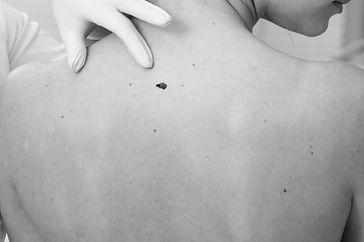
UNESCO goals
UNESCO goals, "form a program of sustainable, universal and ambitious development, a program of the people, by the people and for the people, conceived with the active participation of UNESCO."
The primary focus of olo was to provide better health care to all while minimizing health inequalities.


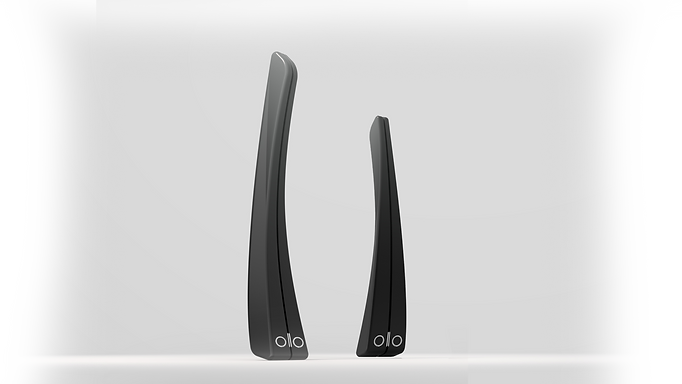

design process
Anchor 1
background
Due to the requirements of Salone Satellite, we were tasked in making a full sized, works-like, and looks-like prototype. Naturally, ideation sketching led to model making, and eventually, a final functional prototype.
The design direction of olo was focused on providing skin cancer detection inside the home, while also making sure the product was non-obtrusive to the existing living space.
the mirror problem
The initial thought was to implement the IRPS technology into a mirror. The mirror would then give live feedback to show the user areas of concern on their body. The feedback would be shown through a hologram on a parallel plane to the mirror.
While this seemed like a valid direction for the product, there were many issues coinciding with our original design goals.

project goals
mirror
handheld device
"good health and well-being" UNESCO goal
"reduced health inequalities"
UNESCO goal
non-obtrusive to the home
x
x
too expensive to be accessible to all
full body mirror needs a lot of unoccupied wall space
After a quick analysis, it was determined a handheld device would meet our project goals more accurately as opposed to a full mirror.
The handheld scanner will provide feedback via a hologram, and work with any mirror in any household.
moodboard

sketches



sleek, organic, ergonomic, forms inspired the design direction for the handheld scanning device.
branding
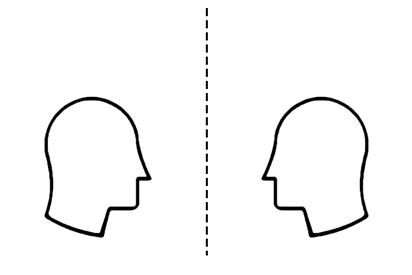

- italian for hologram
mirror effect
logos

typography
colors
hex:
FFFFFF
r: 255 c: 0
b: 255 m: 0
g: 255 y: 0
k: 0
g:
hex:
DBDBDB
r: 219 c: 0
b: 219 m: 0
g: 219 y: 0
k: 14
g:
hex: FFFFFF
r: 0 c: 0
b: 0 m: 0
g: 0 y: 0
k: 0
g:
header text
Aa
Aa
sub-header text
body text
Aa
sub-body text
Aa
prototyping
A quick prototype for a scale study was made in Solidworks and 3D printed. It was concluded that the size was very convenient to hold, but too small. This device needed to be at least 2-3x bigger to believably house the IRPS and hologram technology.
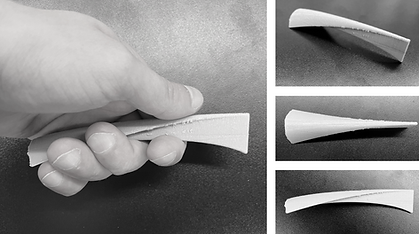
The first fully functional prototype came with a lot of trials and tribulations. From failed prints, to shorting circuits, the prototype required a lot of attention and detail.
The general idea of the prototype is that magnets behind a mirror would hold up the scanner, and also activate magnetic switches within the scanner. The mag switches would then illuminate an LED strip to give the illusion of the hologram. Similarly, a charging dock would work the same way, illuminating a backlit LED olo logo when the scanner is placed on the charger.

mag switches
LEDs
coin-cell
batteries

wiring process
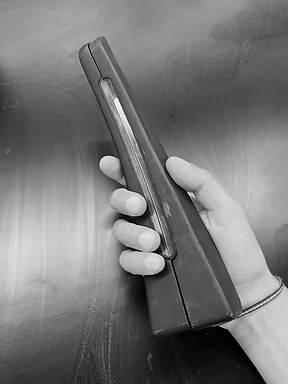

.png)
While the first prototype worked, a second was made to allow for more room for internals. A lot of short circuiting was occurring in the first prototype due to wires being pinched and crossed in the extremely confined space. Additionally, more attention was given to ensuring a consistent and smooth matte surface finish.
how it works
remove olo scanner from charging doc
1.
scan hard-to-reach areas of body like between fingers etc.
2.
separate olo scanner and place on edges of mirror.
3.
look at hologram feedback on mirror to see if there are any areas of concern.
4.

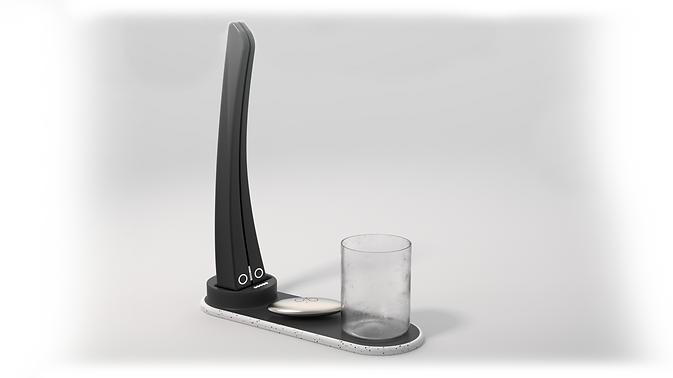
design



the at-home skin cancer scanner
features
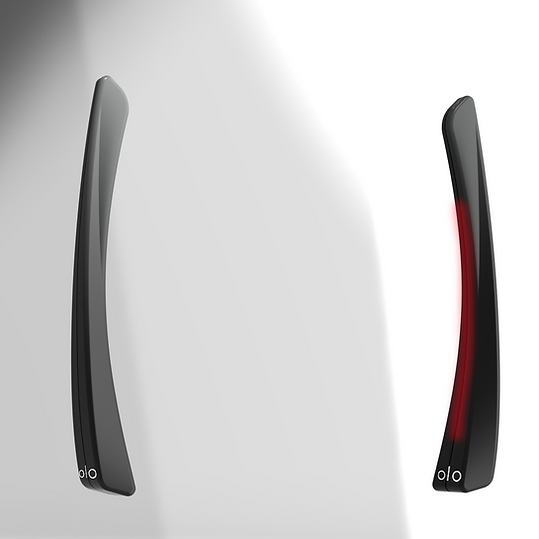

micro-suction texture technology for secure mirror adhesion.

IRPS scanning and augmented reality projection
showing areas of concern
doubles as an ergonomic handheld to scan nooks and crannies on the body


fits comfortably in any home




milan

bottom of page





_JPG.jpg)

_JPG.jpg)




